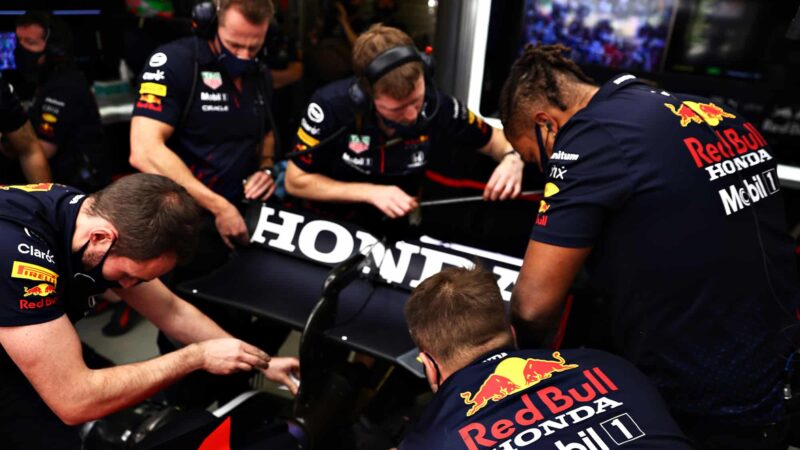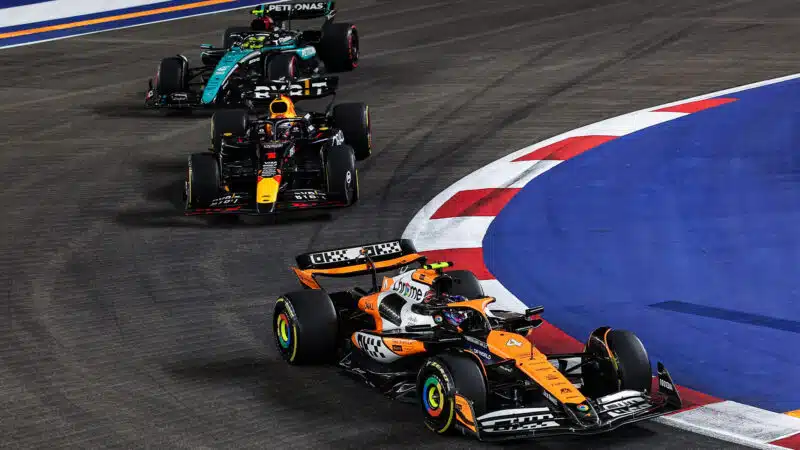But Red Bull is now seeing McLaren and Mercedes exhibiting far more front wing flex than on its own car – which, as outlined above, is particularly valuable with this generation of car. It has outlined to the FIA why it doesn’t consider such wings to be legal. The FIA clearly disagrees, as no further technical directives or regulation changes have been issued.
So that leaves the obvious question of, ‘Why doesn’t Red Bull simply do its own version of these flexi front wings?’. Well, maybe it will do so. But there is a risk in this. The regulations state that wings which are engineered with ‘the intention’ of such flex may be considered outside of the regulations. Presumably McLaren and Mercedes have satisfied the governing body that any flex at loads beyond the static test was not intended, but simply the way the physics have played out. By contrast, Red Bull has spent a lot of time explaining to the FIA why it considers their rivals’ wings illegal. So if it made its own, there’s a risk the FIA could rule that – based on Red Bull’s previous explanations – it clearly ‘intended’ this flex.
But there’s a world championship on the line… Watch this space.

Red Bull used to be the team coming under ‘flexi’ scrutiny, most recently its rear wing in 2021
Mark Thompson/Getty Images



